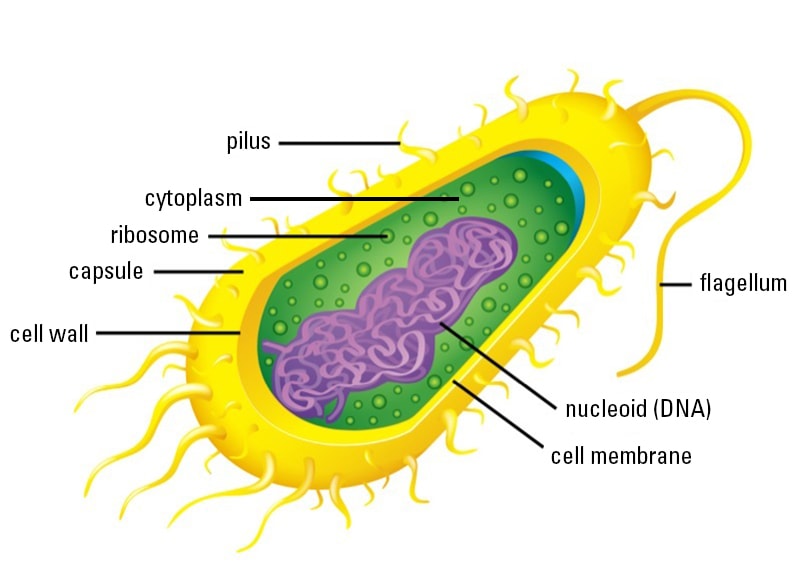KEM-GEST™ is a blend of organic and inorganic acids designed to provide an economical means to acidify swine feed. Swine producers have successfully used it for years as a solution to improve a weaned pig's ability to digest complex soy-based diets.
Features and Benefits of Acidifiers in Nursery Piglet Diets
KEM-GEST contains a blend of acids, including lactic acid, and is a cost-effective means of providing feed acidification to swine diets. In addition to its long history of industry use and positive results, this flowable, dry product is easy to handle and simple to add to feed.





%20-%20English_08.pdf/_jcr_content/renditions/cq5dam.thumbnail.319.319.png)

